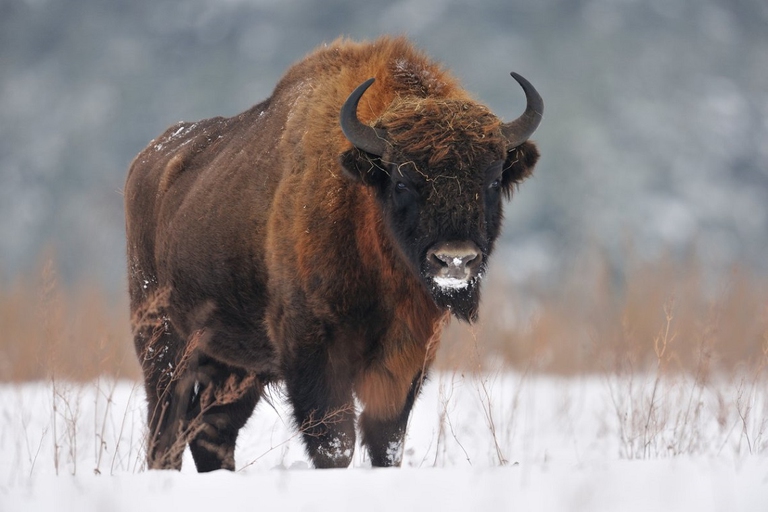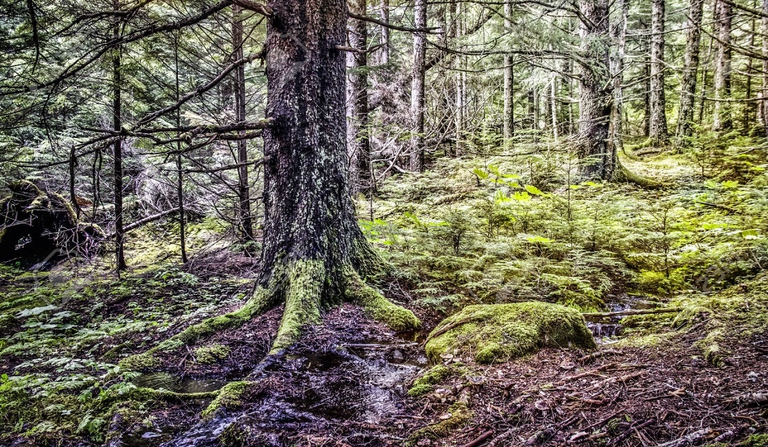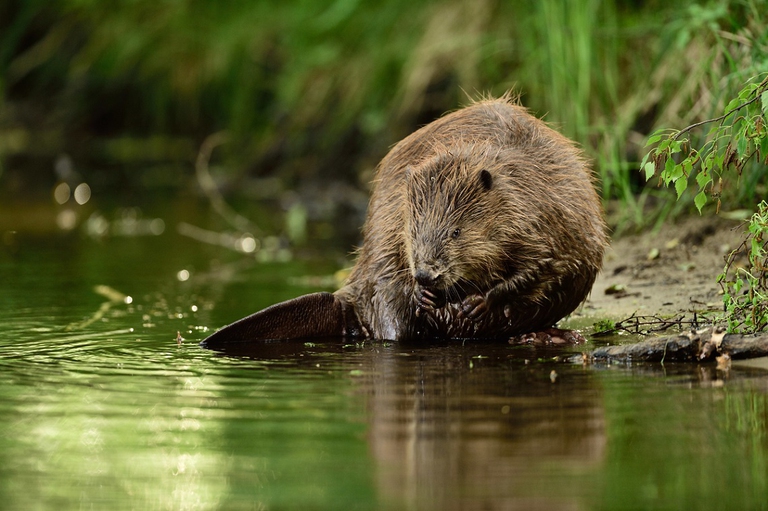
The Amazon became an alternative classroom during the pandemic. Now, the educational forest in Batraja, Bolivia, lives on to teach children and adults the value of nature.
The goal is getting rid of a pest but scientists, environmentalists and the European Union don’t agree.
In the Bialowieza forest, which reaches across the Polish border with Belarus, time seems to have stood still since its surface, of about 1,500 square kilometres, has remained almost unchanged since the last glaciation. Since then the forest hasn’t been cut, unspoiled or damaged due to human activities. For these reasons, the forest of Bialowieza is a unique ecosystem and the continent’s oldest primeval forest.
In this area, which is home to an incredible variety of animal species, almost 20,000, including the European bison (Bison bonasus), elk (Alces alces), deer (Cervus elaphus), European beaver (Castor fiber), lynx (Lynx lynx), wolf (Canis lupus), wild cat (Felis silvestris silvestris), and otter (Lutra lutra), there are the tallest trees in Europe.
Poland decided to endorse large-scale logging in the forest to fight the spread of a pest, the European spruce bark beetle (Ips typographus). This small beetle, which is 4 to 5 millimetres long, attacks the bark and is one of the most destructive pests in the forests of European spruce fir.
“We’re acting to curb the degradation of important habitats, to curb the disappearance and migration of important species from this site” the environment minister, Jan Szyszko, said. He also stated that the oldest part of the forest, which is a Unesco world heritage site since 1979, won’t be cut. But scientists, ecologists and the European Union are still not convinced by the plan. Greenpeace accused Szyszko of “ignoring the voices of citizens and scientists, the European Commission, Unesco and conservation organisations”.
Under the new plan, loggers will cut more than 180,000 cubic metres of wood, against the 40,000 cubic metres of previous plans over the same period. According to environmentalists, the increased amount of logged trees will cause permanent damage to the forest threatening its tourism potential.
“An attempt to fight the bark beetle with a chainsaw and an ax will bring more damage than benefits”, said Robert Cyglicki, CEO of Greenpeace Polska. According to Greenpeace, Poland could also be punished by the European Union for violating the EU Natura 2000 programme for the protection of biodiversity.
Siamo anche su WhatsApp. Segui il canale ufficiale LifeGate per restare aggiornata, aggiornato sulle ultime notizie e sulle nostre attività.
![]()
Quest'opera è distribuita con Licenza Creative Commons Attribuzione - Non commerciale - Non opere derivate 4.0 Internazionale.
The Amazon became an alternative classroom during the pandemic. Now, the educational forest in Batraja, Bolivia, lives on to teach children and adults the value of nature.
Our species took its first steps in a world covered in trees. Today, forests offer us sustenance, shelter, and clean the air that we breathe.
Bangladesh suffered widespread damage as a result of Cyclone Amphan. Yet the Sundarbans mangrove forest acted as a natural barrier protecting the country from further destruction, as it has done countless times before.
On top of a 2.4 million dollar compensation, the indigenous Ashaninka people will receive an official apology from the companies who deforested their lands in the 1980s.
The tapir was reintroduced into Brazil’s Atlantic Forest, the country’s most at-risk ecosystem. The species can play a key role in the forest’s recovery.
Forests are home to 80 per cent of the world’s terrestrial biodiversity. This year’s International Day of Forests highlights the urgent changes needed to save them.
After a legal battle that lasted two years, Indonesia’s Supreme Court has revoked the permit to mine for coal in the forests of South Kalimantan in Borneo.
The list of human and animal victims of the Australia wildfires keeps growing – one species might already have gone extinct – as the smoke even reaches South America.
Areas where the FARC guerrilla used to hold power in Colombia have faced record deforestation. Farmers cut down trees, burn land and plant grass for cows. Because, “what else can we do for a living here in the Colombian Amazon”? An intimate report from the heart of the felled forest in Caquetá.










